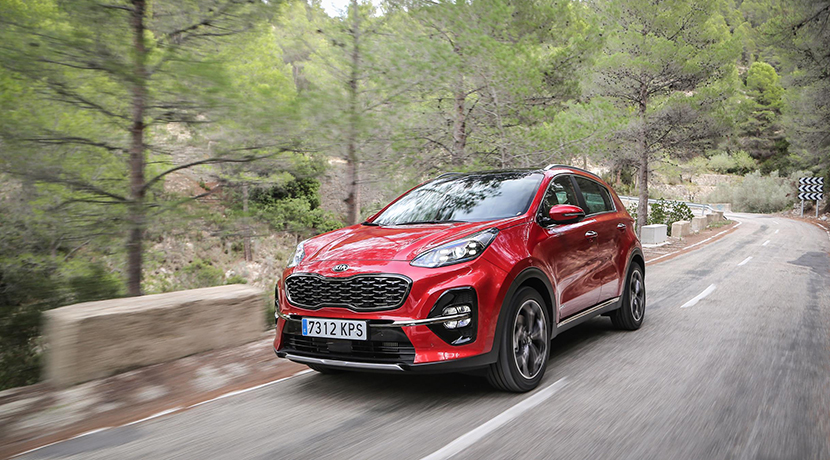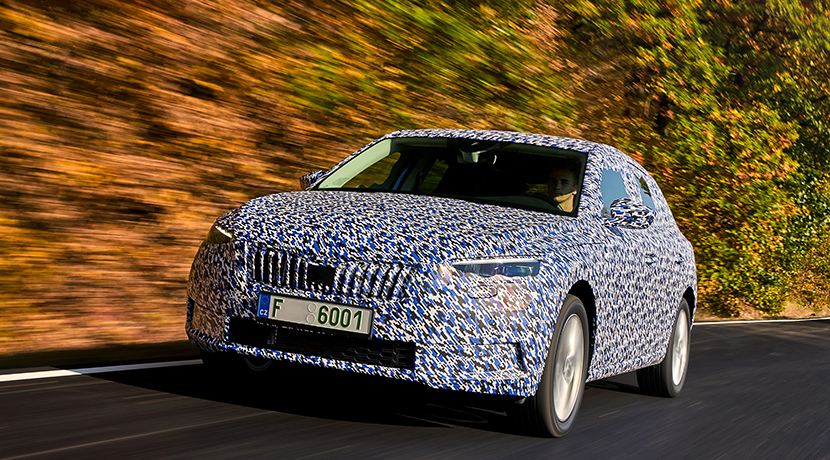The Volkswagen T-Cross for Latin America is "different" to the European

A few days ago my partner Alejandro was revealing the secrets of the Volkswagen T-Cross . The B-SUV of the German firm is intended to reissue the success of the Seat Arona , but unlike this one, has a more aggressive aesthetic. However, the aspirations of the T-Cross are much broader than those of the Spanish model, which is why the americas will go.
At first, the German group had thought of making a Volkswagen T-Cross global , but it seems that it will not be like that. As is logical, each market has different tastes and in the end they have had to adapt their latest creation. In Europe the models are smaller, because of the size of the cities and their streets. However, in Latin America, as is the case, customers are looking for larger products with a larger interior and luggage compartment.

What are the differences between the European Volkswagen T-Cross and Latin America?
At a technical level, the T-Cross European and Latin are developed on the same platform. The main module of the base MQB A0 is the same, the secondary being altered. Thanks to the addition of a wider rear module they have stretched the wheelbase. The model for Latin America has 9 centimeters more than the European one, being 2.65 meters . In addition, the span of the German B-SUV is also increased, becoming 4.19 meters.
If the technique is slightly altered, something similar happens with the mechanics. The mechanical range of the T-Cross for the European market consists of alternatives TSI petrol and diesel TDI. From the outset, versions powered by "damn" fuel will not be available in the region. However, the gas supply will be completed by a more modest block. In this case, we are talking about the 1.6 liter MSI 110 hp block that can be ordered with a manual or automatic Tiptronic 6-gear gearbox.
The last point on which the Volkswagen T-Cross European and Latin differ in the aesthetic . However, it is a difference so subtle that many have not noticed it. It is the front grille the element that has received this slight alteration, going from a simpler one in the European case to a more elaborate one in the Latin one.



